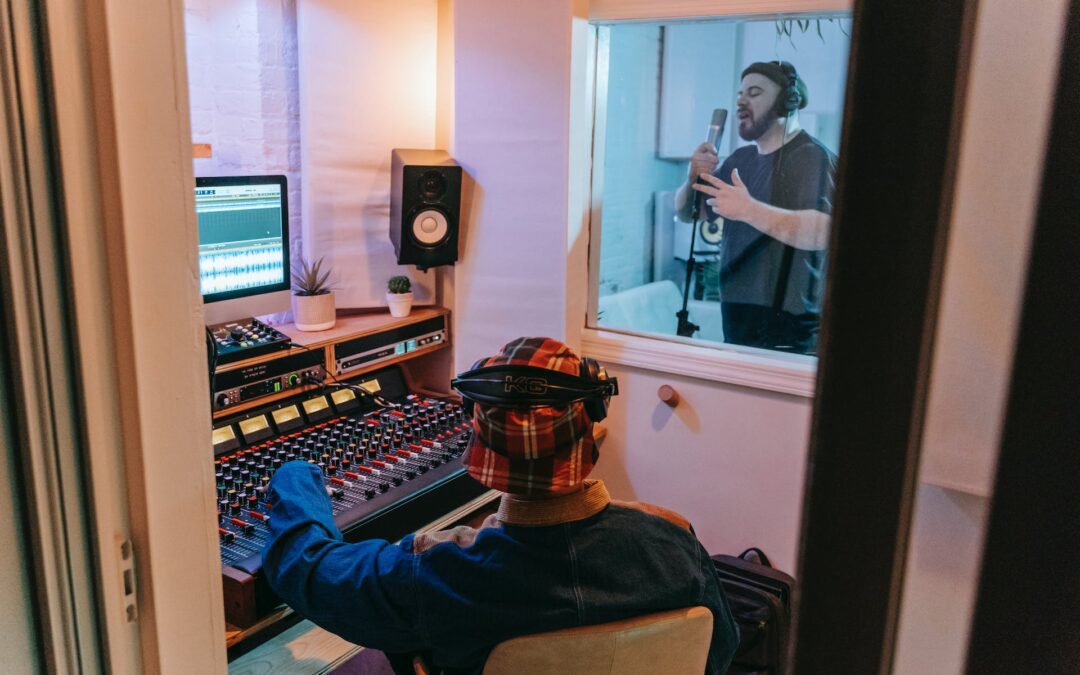In the ever-evolving landscape of the music industry, independent artists and labels have found new avenues for success, thanks to the rise of independent music distribution. Gone are the days when aspiring musicians were solely dependent on major record labels to get their music heard. In this article, we’ll explore the significance of independent music distribution and how it empowers artists and labels in the digital age.
The Evolution of Music Distribution
Traditionally, artists had to sign with major record labels to secure distribution deals, often sacrificing creative control and a significant portion of their earnings in the process. However, with the advent of digital technology and the internet, the paradigm of music distribution has shifted dramatically.
Independent music distribution platforms have emerged as game-changers in the industry. These platforms allow artists and labels to reach global audiences without the need for a record deal. One of the most critical aspects of this shift is the democratization of the music industry, where talent and determination often outweigh corporate backing.
Benefits of Independent Music Distribution
1. Creative Control
Independent artists value creative freedom above all else. When you distribute your music independently, you retain complete control over your artistic vision. You can make decisions regarding the release date, album artwork, and marketing strategies without any external interference.
2. Higher Revenue Share
In the traditional music distribution model, artists typically received a small percentage of the revenue generated from their music sales. Independent music distribution platforms offer artists a more significant share of the earnings, allowing them to reap the rewards of their hard work.
3. Global Reach
The internet has made it possible to reach listeners around the world with a few clicks. Independent music distribution platforms have extensive networks and partnerships that can get your music on major streaming services like Spotify, Apple Music, and Amazon Music, making it accessible to millions of potential fans.
4. Cost-Effective
Traditional distribution methods often required substantial upfront investment and manufacturing costs for physical copies of albums. Independent music distribution is cost-effective, as it primarily involves digital distribution, eliminating the need for physical production.
How to Get Started with Independent Music Distribution
Now that you understand the benefits, let’s explore how to get started with independent music distribution:
1. Choose the Right Distribution Platform
Research and select a reputable independent music distribution platform that aligns with your goals and budget. Popular platforms include TuneCore, PeekSound, CD Baby, and many others. Each platform offers various features and pricing options, so it’s essential to compare and choose the one that suits your needs best.
2. Prepare Your Music
Before uploading your music, ensure that it’s of high quality and professionally mastered. Create eye-catching album artwork and gather all the necessary metadata, including song titles, artist names, and genre information.
3. Upload and Distribute
Follow the platform’s guidelines to upload your music and provide the required information. Once your music is submitted, the distribution platform will handle the rest, delivering your tracks to streaming services and online stores.
4. Promote Your Music
Distribution is just the beginning. To succeed as an independent artist or label, you must actively promote your music. Utilize social media, email marketing, and other digital marketing strategies to connect with your audience and grow your fan base.
Success Stories in Independent Music Distribution
Numerous independent artists and labels have achieved remarkable success through independent music distribution. Consider the story of Chance the Rapper, who released his critically acclaimed mixtape “Coloring Book” independently and won a Grammy award. This achievement showcased the potential of independent distribution in the music industry.
Challenges to Overcome
While independent music distribution offers significant advantages, it’s not without its challenges. Competing in a crowded digital marketplace can be tough, and artists must invest time and effort into marketing and promotion. Additionally, building a loyal fan base takes time and dedication.
The Future of Independent Music Distribution
As technology continues to advance, the future of independent music distribution looks promising. Artificial intelligence and data analytics are increasingly being used to identify trends and connect artists with their target audience. Furthermore, blockchain technology has the potential to revolutionize royalty payments and transparency in the industry.
In conclusion, independent music distribution has transformed the music industry, empowering artists and labels to take control of their careers. With the right strategy, dedication, and the support of distribution platforms, independent musicians can reach global audiences, retain creative control, and enjoy a more substantial share of their music’s revenue. The future holds even more opportunities for independent artists as technology continues to innovate and reshape the music distribution landscape. Embrace the power of independence and unlock your potential in the music industry.

